SAFETY ALERT! Flooding
SAFETY ALERT! Flooding
Aquaculture Gladstone is a $12 million multi-species fish hatchery at Lake Awoonga. Aquaculture Gladstone has one of the largest fish stocking programs in Queensland, producing up to five million Barramundi, Mangrove Jack and Sea Mullet fingerlings a year at peak production. GAWB and the Aquaculture Gladstone facility are actively driving future growth and development of Queensland’s aquaculture industry.
The Aquaculture Gladstone facility features:
Aquaculture Gladstone releases Barramundi, Mangrove Jack and Sea Mullet fingerlings into Lake Awoonga throughout the year. For more information about the fingerlings and our releases, please contact aquaculturegladstone@gawb.qld.gov.au
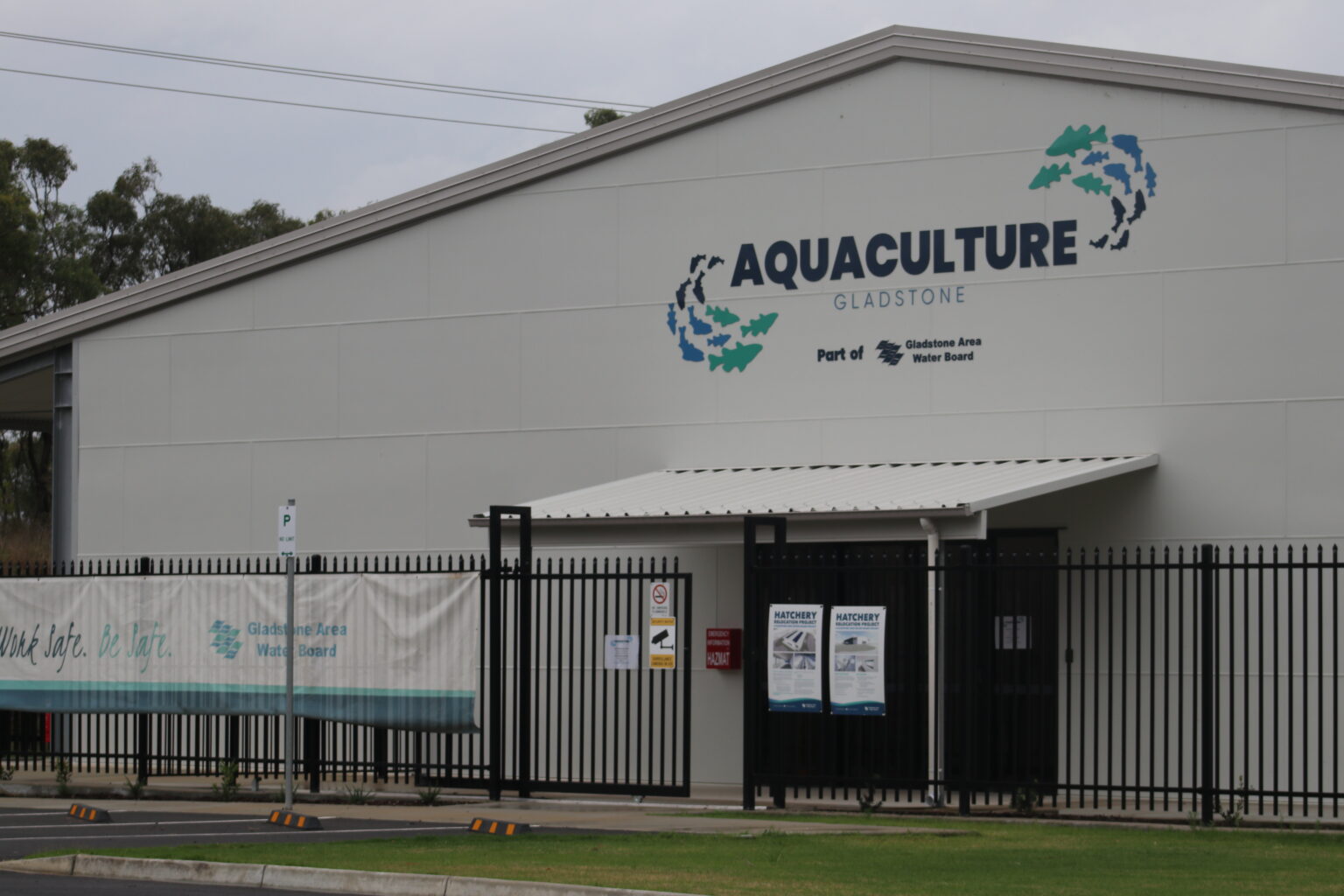
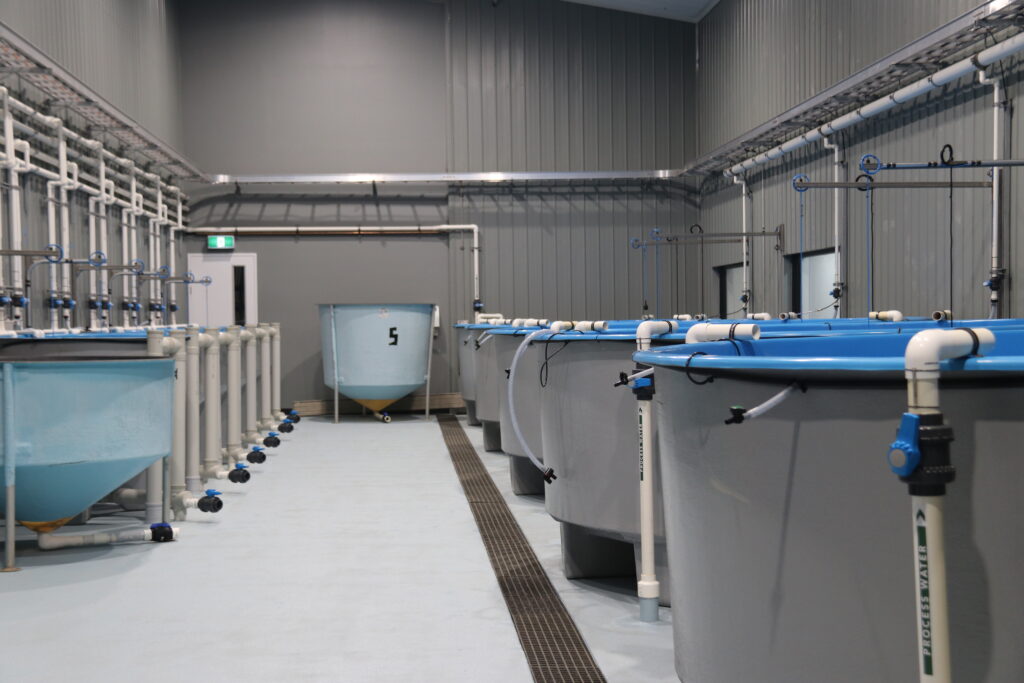
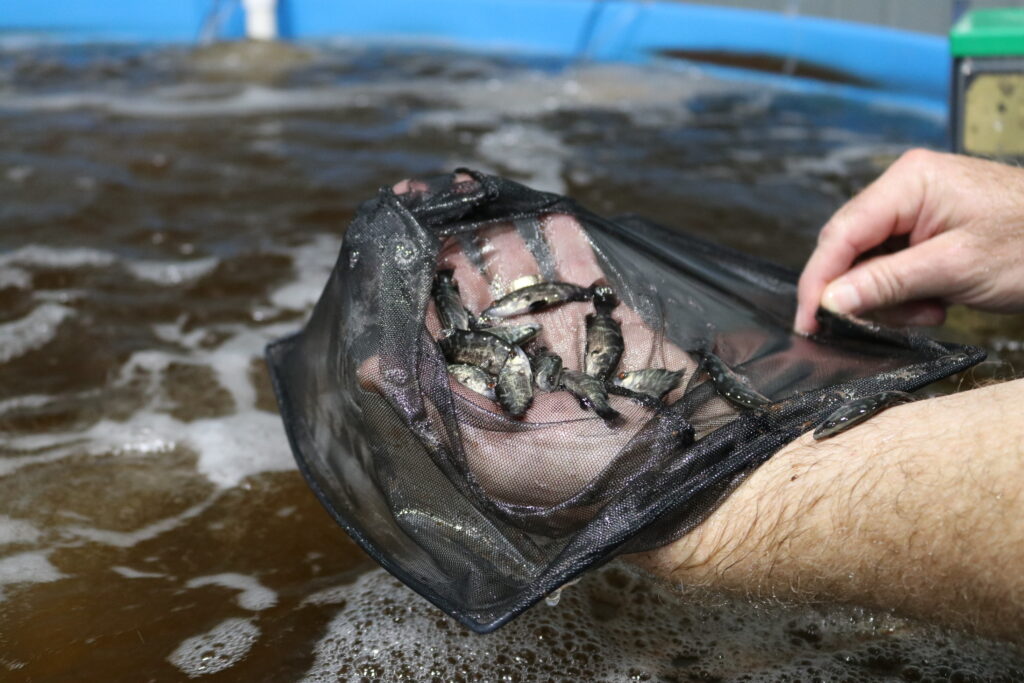
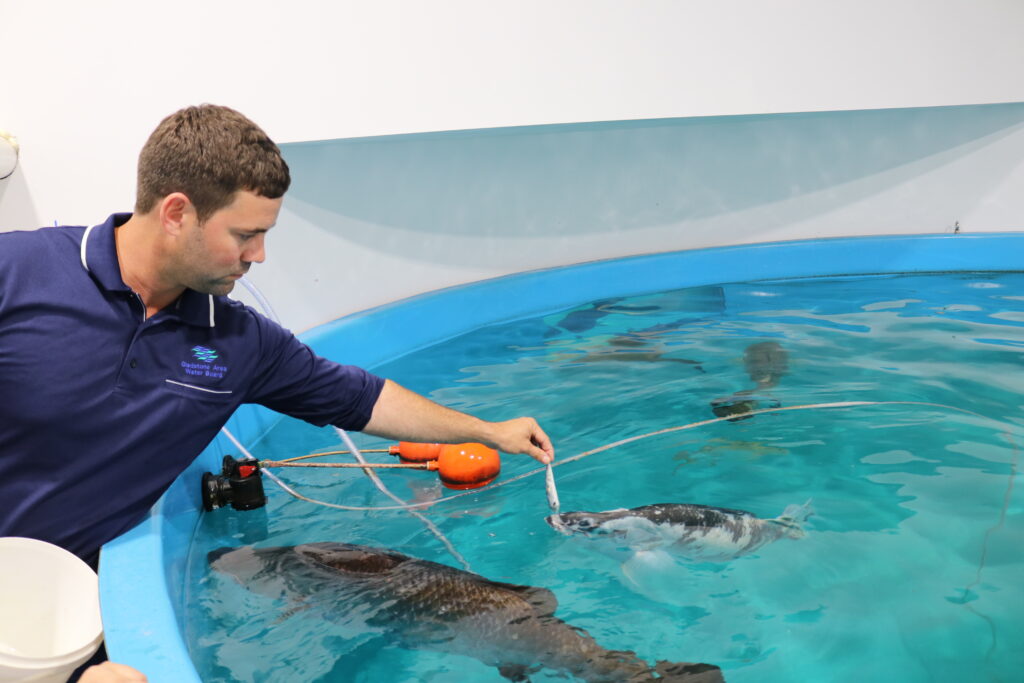
The Aquaculture Gladstone Interpretive Display is located front of house at our Aquaculture Gladstone facility. Complete with a live fish exhibit, the interpretive display highlights and educates visitors on the different fish species being bred at the Aquaculture Gladstone fish hatchery.
The interpretive display at Aquaculture Gladstone is also home to two incredibly rare species of Barramundi – White Barramundi and Golden Barramundi.
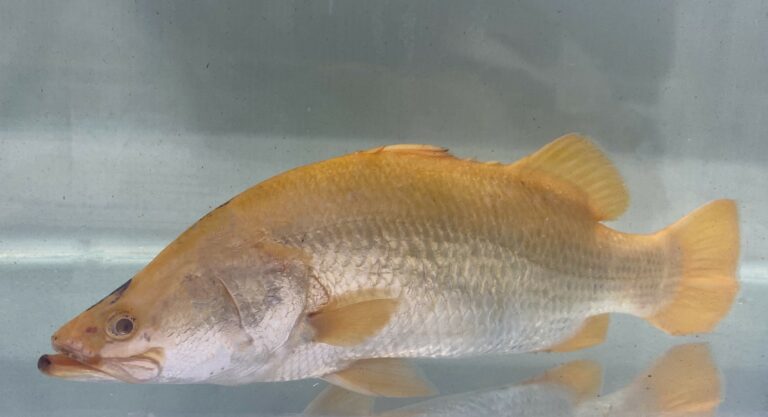
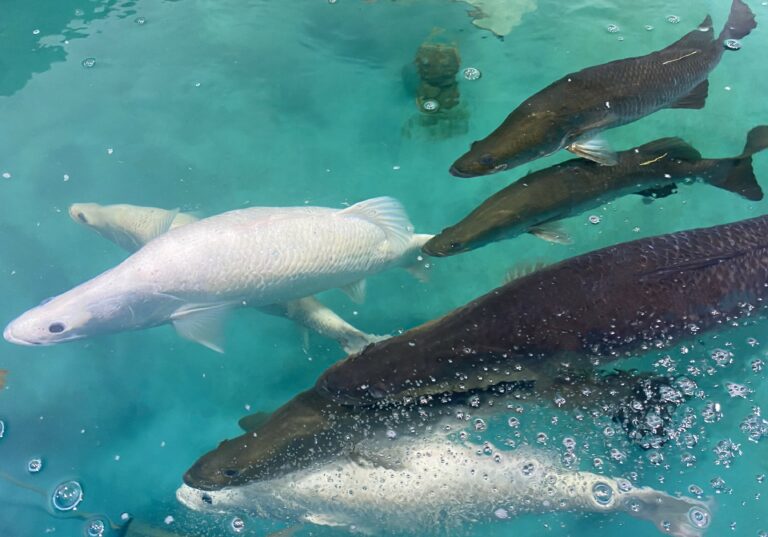
Aquaculture Gladstone is open to the general public on Tuesdays and Thursdays between 10am and noon.
We are also delighted to offer tours of our display to groups including school and university students, and community organisations. We run tours for groups of up to 30 people and tours generally run for about an hour.
To express an interest in a tour, please click on the ‘make a booking’ button below and provide as much information as possible so we can tailor the tour to your group. A member of the Aquaculture Gladstone team will then be in touch to confirm details.
Please note, Aquaculture Gladstone is an operational hatchery and we reserve the right to cancel tours at short notice.
Make a booking
For other enquiries, please email aquaculturegladstone@gawb.qld.gov.au

The Gladstone Area Water Board proudly acknowledges the Byellee, Gooreng Gooreng, Gurang and Taribelang Bunda people as the Traditional Custodians of the Gladstone region. We pay our respects to Elders past and present, and recognise the ongoing connection of Aboriginal and Torres Strait Islander peoples to the land and water on which we rely.